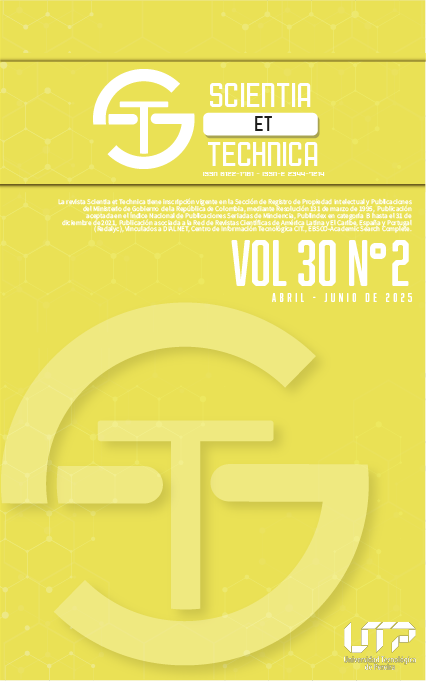La revisión científica como acto formativo y garante del conocimiento
DOI:
https://doi.org/10.22517/23447214.25891Keywords:
revisión científica;, Elsevier;, 5. Ética editorial;, revisión por pares;, Inteligencia artificialAbstract
En la de publicación científica, el revisor tiene un lugar esencial y, a la vez, discretamente invisible. Sus funciones son éticas académicas, éticas y formativas. Serlo no significa ejercer un juicio autoritario ni redactar una sentencia, más bien implica una gran responsabilidad con la comunidad académica que ha reconocido sus méritos. Pese a ello, la mayoría de las veces se realiza esta labor sin conciencia plena del impacto que la evaluación puede ejercer sobre una trayectoria investigativa o incluso sobre una línea de trabajo. Mas allá del juicio, un buen par evaluador es un lector objetivo, crítico, cuidadoso y comprometido que se identifica como un conocedor del tema. No basta con identificar errores o emitir recomendaciones generales. Su dictamen debe contribuir con base en criterios técnicos sólidos, a la mejora del manuscrito conservando siempre profundo respeto por los autores y el tema tratado. Por lo anterior, la revisión debe ser útil para el autor y para el editor, actuando como una oportunidad más mejoramiento de un manuscrito en desarrollo con oportunidad de publicación. Como señala el Committee on Publication Ethics (COPE), los revisores deben "valorar los méritos del artículo con objetividad, sin prejuicios personales ni consideraciones de nacionalidad, género, religión o afiliación institucional" [1].
Downloads
References
Committee on Publication Ethics (COPE), "Ethical Guidelines for Peer Reviewers," 2017. [Online]. Available: https://publicationethics.org/guidance/guidelines-new/ethical-guidelines-peer-reviewers
Elsevier, "How to review a manuscript," Elsevier Reviewer Hub. [Online]. Available: https://www.elsevier.com/reviewers/how-to-review
Elsevier, "Guide for Reviewers – Ophthalmology," Elsevier Health. [Online]. Available: https://els-jbs-prod-cdn.jbs.elsevierhealth.com/pb/assets/raw/Health%20Advance/journals/ophtha/guideRev.pdf
Elsevier, "Reviewer Guidelines," Elsevier Researcher Academy, 2022. [Online]. Available: https://www.elsevier.com/reviewers
Springer Nature, "Peer Review Policy, Process and Guidance." [Online]. Available: https://www.springer.com/gp/editorial-policies/peer-review-policy-process
J. Smith, "Best Practices in Peer Review," Journal of Scholarly Publishing, vol. 49, no. 2, pp. 123–135, 2018.
M. Resnik and D. Elmore, "Ensuring Research Integrity through Peer Review," Science and Engineering Ethics, vol. 22, pp. 169–188, 2016.
IEEE, "IEEE Journals and Magazines Reviewer Guidelines," Updated 3 April 2024. [Online]. Available: https://ieeeauthorcenter.ieee.org/wp-content/uploads/ieee-reviewer-guidelines.pdf
Springer Nature, "Author and Reviewer Guidelines." [Online]. Available: https://www.springernature.com/gp/authors/research-data-policy/data-policy-types/research-data-policy-type-1
Taylor & Francis, "The ethics of peer review," Taylor & Francis Reviewer Resources. [Online]. Available: https://editorresources.taylorandfrancis.com/managing-peer-review-process/the-ethics-of-peer-review
International Committee of Medical Journal Editors (ICMJE),"Recommendations for the Conduct, Reporting, Editing, and Publication of Scholarly Work in Medical Journals." [Online]. Available: https://www.icmje.org/recommendations
J. A. Cortes Osorio, "The privilege of becoming a scientific peer reviewer," Scientia Et Technica, vol. 24, no. 1, art. 5, Mar. 2019. doi: 10.22517/23447214.21311.
Downloads
-
Vistas(Views): 226
- PDF (Español (España)) Descargas(Downloads): 186
Published
How to Cite
Issue
Section
License
Copyright (c) 2025 Scientia et Technica

This work is licensed under a Creative Commons Attribution-NonCommercial-ShareAlike 4.0 International License.
Copyrights
The journal is free open access. The papers are published under the Creative Commons Attribution / Attribution-NonCommercial-NoDerivatives 4.0 International - CC BY-NC-ND 4.0 license. For this reason, the author or authors of a manuscript accepted for publication will yield all the economic rights to the Universidad Tecnológica of Pereira free of charge, taking into account the following:
In the event that the submitted manuscript is accepted for publication, the authors must grant permission to the journal, in unlimited time, to reproduce, to edit, distribute, exhibit and publish anywhere, either by means printed, electronic, databases, repositories, optical discs, Internet or any other required medium. In all cases, the journal preserves the obligation to respect, the moral rights of the authors, contained in article 30 of Law 23 of 1982 of the Government Colombian.
The transferors using ASSIGNMENT OF PATRIMONIAL RIGHTS letter declare that all the material that is part of the article is entirely free of copyright. Therefore, the authors are responsible for any litigation or related claim to intellectual property rights. They exonerate of all responsibility to the Universidad Tecnológica of Pereira (publishing entity) and the Scientia et Technica journal. Likewise, the authors accept that the work presented will be distributed in free open access, safeguarding copyright under the Creative Commons Attribution / Recognition-NonCommercial-NoDerivatives 4.0 International - https://creativecommons.org/licenses/by-nc-nd/4.0/deed.es license.



